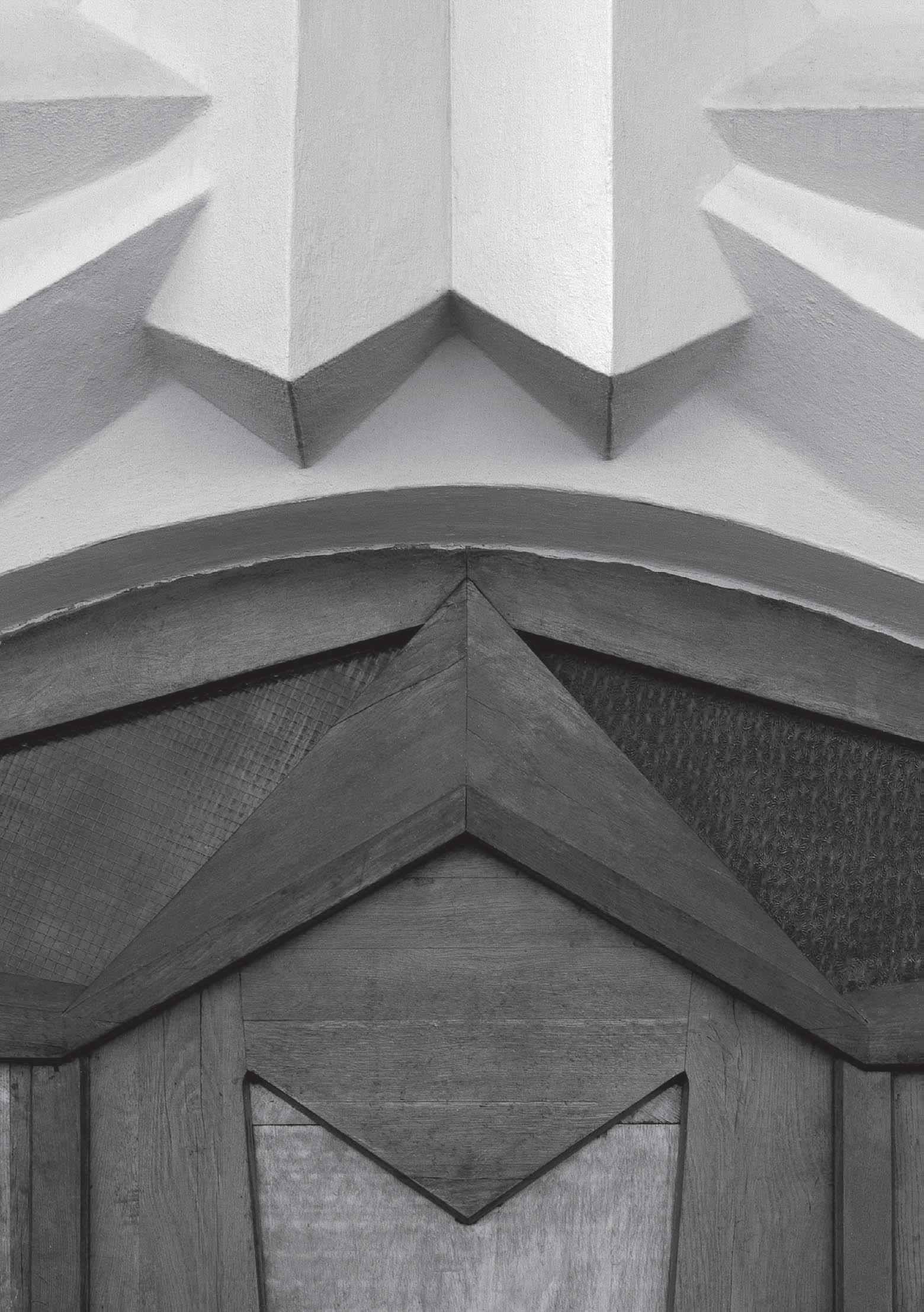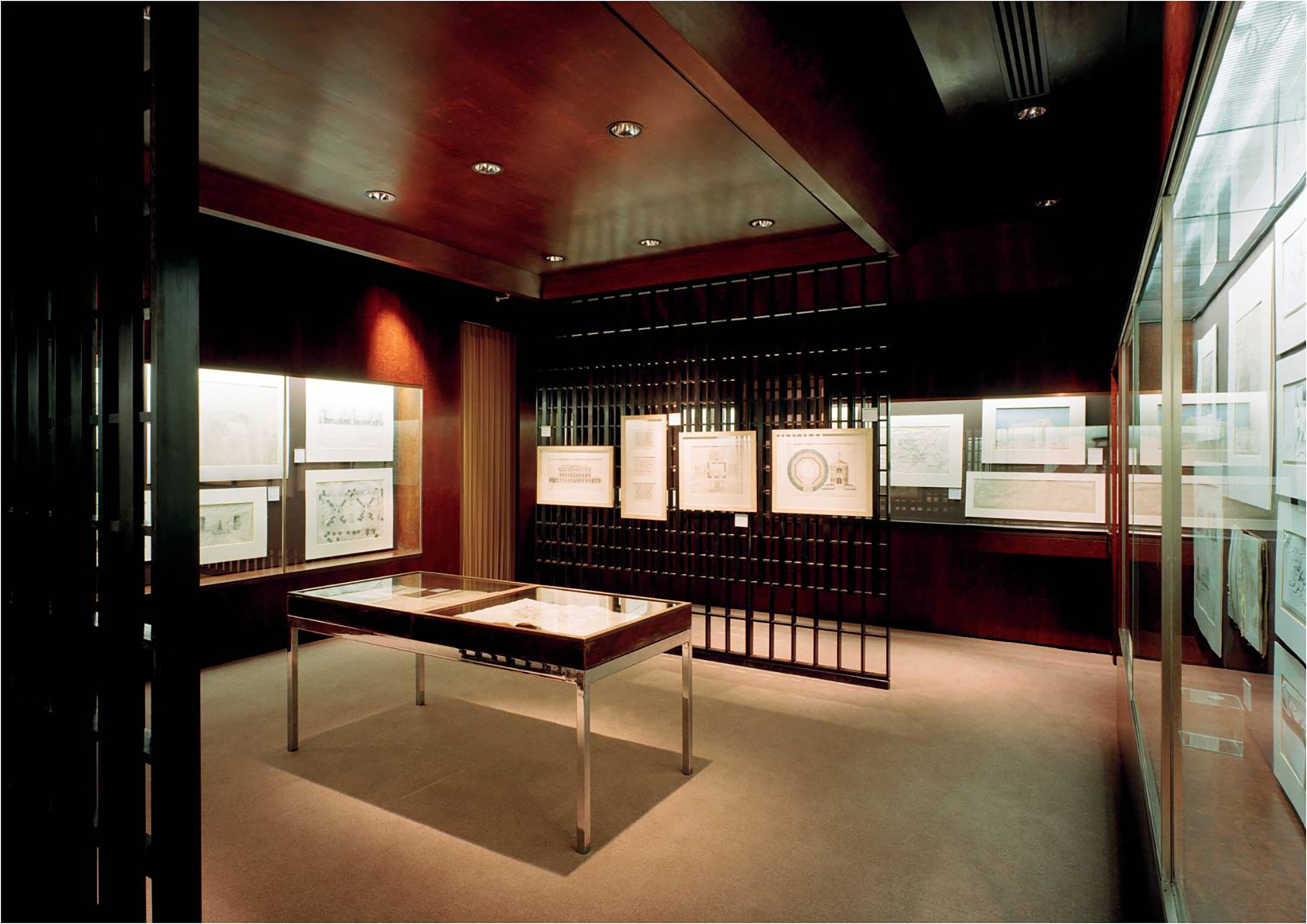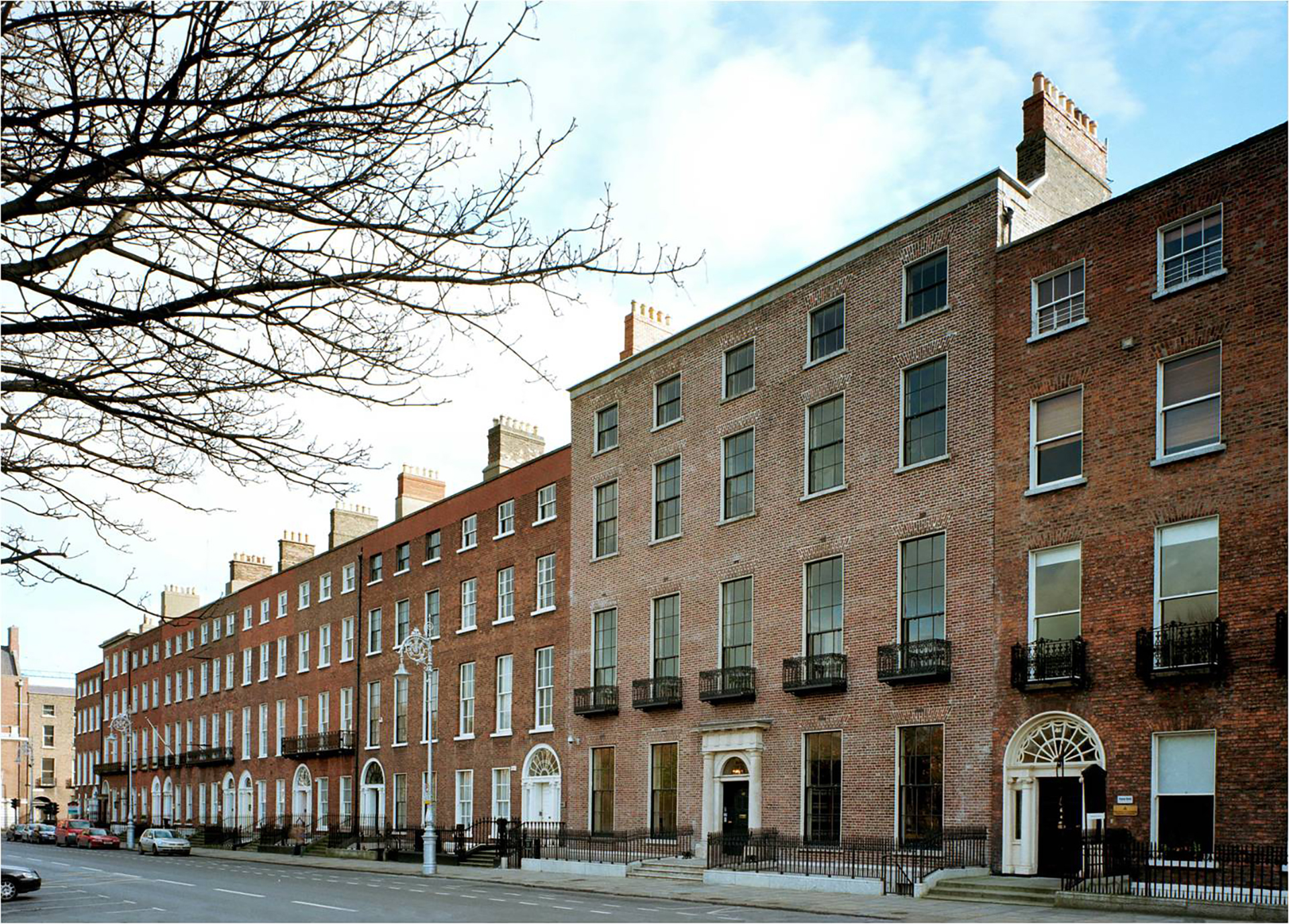
Cubism is one of the exciting new artistic styles of the 20th century. It was the merit of Picasso that it came into existence in France, but shortly it spread to other countries including Bohemia and Moravia. However Cubism didn’t only gain ground in artistic branches but also in architecture and design. It was mainly due to Pavel Janák, who formulated the theoretical basis of so-called architectural Cubism.

Janák and a few others designed many buildings but also interiors, furniture and craft objects in this quaint style in 1911–1914 and then shortly after the First World War. However in spite of its protagonists’ wishes, architectural Cubism did not achieve a prominent position either in this country or elsewhere. One of the main problems was the fact that, despite their theories, Cubists – with a few exceptions – only managed to create a Cubist building exterior, meanwhile the interior was still conventional.

Cubism was criticized both by representatives of rational modern architecture and conservatives. In the end it was just a brief diversion of architecture which led to a dead end and was quickly forgotten. However in a sense the German expressionists continued with this tradition in the 1920s. It was rediscovered only quite recently – in the 1960s, when the first technical texts describing the phenomenon of architectural Cubism appeared; later there came books and exhibitions.

This style is very popular today; many lovers of art and architecture come to the Czech Republic to admire the few Cubist buildings left. But the topic still isn’t fully explored, since one of the key examples was discovered only four years ago. The attempt of this exhibition is to highlight important buildings, including those that no longer exist, and also the most important figures of this short but very interesting epoch of modern architecture. It only focuses on the most important period: 1911– 1914 – starting with the first projects up to the beginning of the First World War.

This exhibition was organized by Jaroslav Fragner Gallery with the support of Ministerstvo Kultury České Republiky, Hlavní Město Praha, Městská Část Praha 1, Česká Centra, Nadace Českého Kubismu and Grand Cafe Orient.

The exhibition is presented in the Irish Architectural Archive by the Embassy of the Czech Republic in Dublin.




